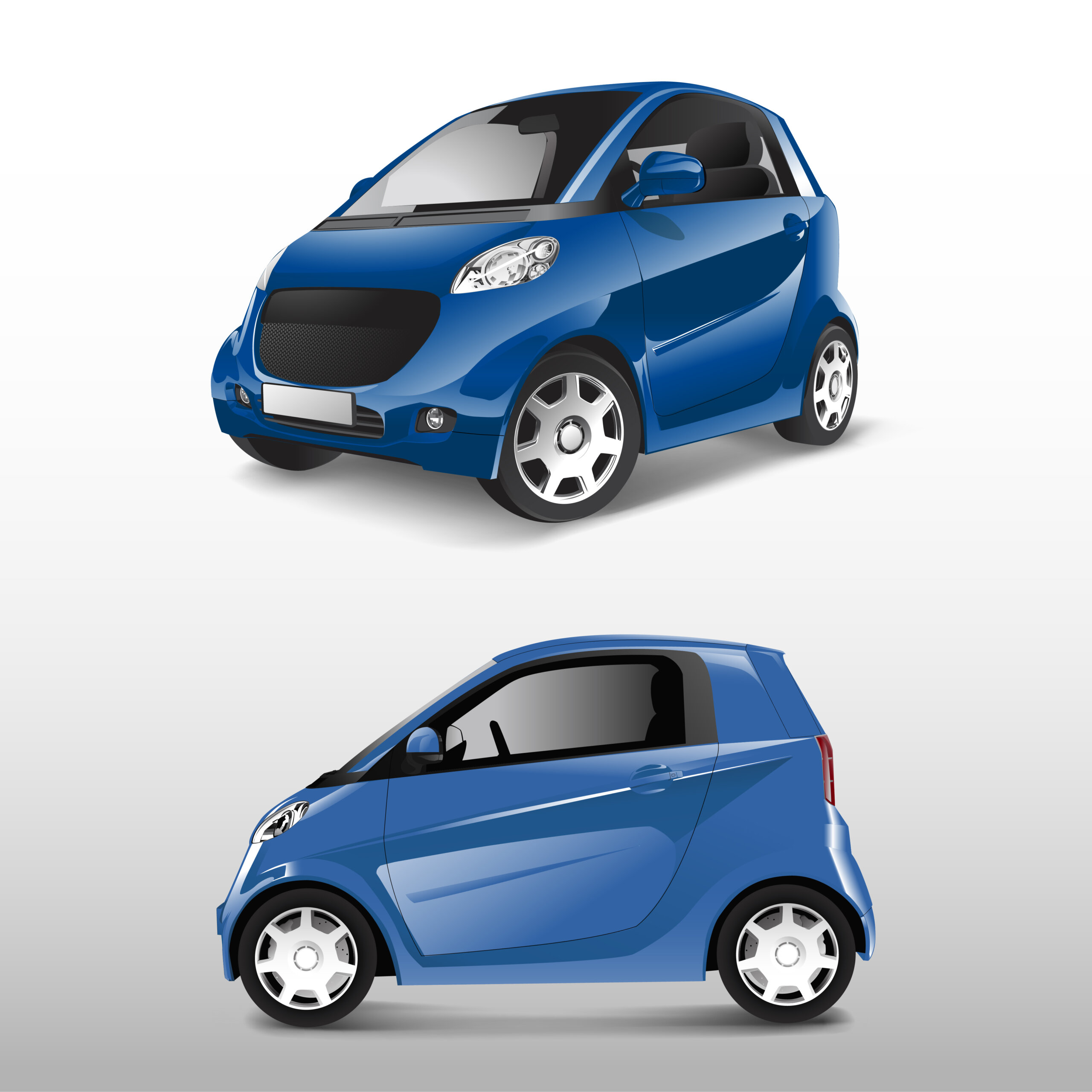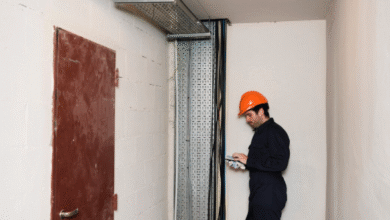From Ignition to Engine Start A Complete Guide to Starter Motors

When you turn the key in your car’s ignition or press the start button, a complex chain of events begins under the hood all initiated by a small but powerful component called the starter motor. Though it operates for just a few seconds at a time, this device plays a critical role in bringing your vehicle to life.
What is a Starter Motor?
A starter motor is an electric motor that cranks your car’s engine to start it. It draws power from the car’s battery and rotates the internal combustion engine so it can begin its operation. Once the engine starts running, the starter motor disengages and turns off until the next start.
How Does a Starter Motor Work?
Here’s a simplified breakdown of the process:
-
Ignition Activation: When the ignition switch is turned on, a small amount of current flows to the starter solenoid.
-
Solenoid Engagement: The solenoid acts like a relay, sending a larger current to the starter motor and pushing the pinion gear forward to engage with the engine’s flywheel.
-
Cranking the Engine: The starter motor spins the flywheel, turning the crankshaft and beginning the engine’s intake-compression-combustion-exhaust cycle.
-
Disengagement: Once the engine starts and the driver releases the ignition, the pinion gear retracts, and the starter motor shuts off.
Key Components of a Starter Motor
-
Armature: The rotating part of the motor.
-
Commutator: Connected to the armature, helps transfer electric current.
-
Brushes: Conduct current between stationary wires and the rotating armature.
-
Solenoid: Engages the starter gear with the flywheel.
-
Drive Gear (Bendix gear): Connects to the engine flywheel to spin it.
Signs of a Failing Starter Motor
Starter motors are tough, but like all mechanical parts, they can fail over time. Common warning signs include:
-
Clicking noise when turning the key
-
Engine not cranking despite battery power
-
Intermittent starting issues
-
Grinding noise during start-up (indicates gear issues)
Maintenance and Replacement
Starter motors generally last between 100,000 and 150,000 miles, depending on usage and driving conditions. They aren’t typically serviced during routine maintenance, but if symptoms arise, a diagnostic check is recommended.
Tips to Extend Starter Motor Life:
-
Ensure your battery is healthy — weak batteries put strain on the starter.
-
Avoid holding the key in the start position for too long.
-
Fix oil leaks promptly — oil contamination can damage the starter.
Types of Starter Motors
Different types of starter motors are used depending on the vehicle and its engine design:
-
Direct Drive Starter
-
Traditional type, uses a large motor to turn the flywheel.
-
Simple and robust, but relatively heavy and less efficient.
-
-
Gear Reduction Starter
-
Uses a small, high-speed motor and reduction gears.
-
More efficient, lighter, and common in modern vehicles.
-
-
Permanent Magnet Starter
-
Uses permanent magnets instead of field coils.
-
Lightweight and compact, ideal for small engines.
-
-
Inertia Starter
-
Uses the inertia of the spinning gear to engage the engine.
-
Mostly found in older models or aviation engines.
-
Electrical Requirements
Starter motors draw a high amount of current (typically 100–200 amps, sometimes more in diesel engines). This is why:
-
A healthy battery is essential.
-
Thick cables and clean connections are important to avoid voltage drops.
-
Poor electrical contact or corrosion can result in slow cranking or no crank at all.
Starter Motor vs. Alternator
| Feature | Starter Motor | Alternator |
|---|---|---|
| Function | Starts the engine | Charges the battery and powers electronics |
| Operation Time | Only during engine start | Continuously while engine runs |
| Power Source | Battery | Engine (via serpentine belt) |
| Type of Motor | Electric motor | AC generator |
Troubleshooting Common Issues
-
Clicking Sound Only
-
Likely a faulty solenoid or low battery.
-
-
No Sound or Reaction
-
Possible open circuit, faulty ignition switch, or dead battery.
-
-
Grinding Noise
-
Misaligned or worn-out starter gear or flywheel teeth.
-
-
Slow Cranking
-
Weak battery, corroded terminals, or bad ground connection.
-
Starter Motor in Hybrid & Electric Vehicles
While traditional internal combustion engine (ICE) vehicles rely heavily on starter motors, hybrid and fully electric vehicles use:
-
Integrated starter-generators (ISGs) in hybrids for smooth engine restart.
-
No starter motors at all in pure EVs, since electric motors drive the wheels directly and can start instantly.
Starter Motor Replacement Cost
Replacing a starter motor typically costs between $250 and $600, depending on:
-
Make/model of the vehicle
-
Labor rates
-
OEM vs. aftermarket parts
Labor-intensive jobs in certain vehicles (e.g., with tightly packed engine bays) can push the cost higher.
Interesting Facts About Starter Motors
-
The first electric starter was invented by Charles Kettering in 1911 for Cadillac.
-
Before starters, cars had to be cranked manually a risky and strenuous process.
-
High-performance and diesel vehicles often have more powerful or dual starter motors due to higher engine compression.
Conclusion
Though often overlooked, the starter motor is one of the unsung heroes of your vehicle’s ignition system. A small malfunction here can leave you stranded. Understanding how it works and knowing the signs of trouble can help you stay ahead of costly repairs.






